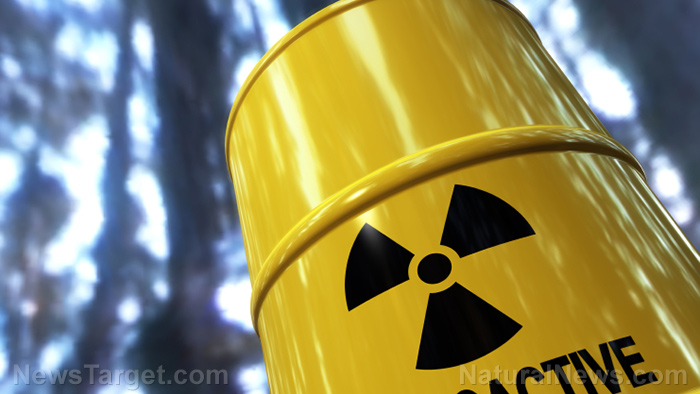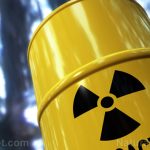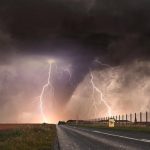
Nuclear site workers found to accidentally bring radioactive contamination home
Thursday, August 23, 2018 by Isabelle Z.
http://www.naturalnewsresearch.com/2018-08-23-nuclear-site-workers-found-to-accidentally-bring-radioactive-contamination-home.html

Bringing your work home with you is rarely good, but if you happen to work at a nuclear site, it can be downright deadly. Even though lots of precautions are taken to ensure worker safety in these environments, a new study has revealed a disturbing truth: Radioactive contamination is making its way into the homes of these workers, putting their entire families at risk of lifelong internal radiation contamination.
The study, which was published in the Journal of Environmental Engineering Science, found the radioactive contamination in dust samples taken from the homes of six people who worked at the Hanford nuclear site in southeastern Washington state. Although the levels found are considered low, the microparticles could easily be inhaled or ingested by anyone in the house, causing health problems and raising their risk of cancer.
Radioactive particles have also been discovered in samples of dust taken from the homes of nuclear workers near the former Colorado Rocky Flats Plant and New Mexico’s Los Alamos National Laboratory.
The samples in this study were collected through a period spanning several years from the homes of workers as well as their neighbors. They collected dust using vacuums and cloth wipes, and they also took samples of dust from the Hanford site for the sake of comparison.
The particles found included uranium, plutonium, americium, and thorium. According to study author Marco Kaltofen, the dust exceeded the acceptable levels set out in the International Commission on Radiological Protections’ standards. He pointed out that the particles are difficult to detect from close range, but they’re capable of doing a lot of damage. He recommends more testing as his research found other homes were also likely to have low levels of contamination.
Kaltofen’s methods entailed using electron microscopy in conjunction with specialized X-ray analysis that is capable of detecting even miniscule radioactive particles. The six homes that tested positive were part of a bigger group involving 36 homes surrounding Hanford.
Radioactive particles spread easily
Many of the samples came from a long-term collaboration with the Seattle organization Hanford Challenge, which is devoted to accountability in federal cleanup following the decades of producing plutonium for atomic bombs that took place there. The site, which encompasses 562 square miles, produced plutonium for the atomic bomb that was dropped on Japan during World War II as well as nuclear weapons stockpiles in the Cold War era.
The researchers believe that the particles make their way off the site on the workers’ clothes and vehicles. Windstorms and wildfires that took place at Hanford could have also contributed to the spread. Some of the homes that had dust samples that tested positive were built during the 1940s, but at least one was a newer suburban home.
Kaltofen said that while these workers were aware that their job had some risk, they were not comfortable knowing that the contamination followed them home.
Not surprisingly, the Washington Department of Health tried to downplay the danger, with a manager saying they would review the numbers but that nothing stood out to them as being a public health risk.
Monitoring by Department of Health last year discovered contamination from americium and plutonium as far as ten miles away from a demolition project at the site. The controversial endeavor was ultimately suspended because of concerns about spreading radioactive particles. On that occasion, representatives said the contamination that was uncovered was surprising and unacceptable.
These findings illustrate just how easily radioactive contamination can spread, and it’s a disturbing reminder that sometimes things we can’t even see could be causing serious damage to our health.
Sources for this article include:
Tagged Under: Tags: atomic bombs, badhealth, badpollution, cancer causes, clean air, discoveries, federal accountability, Hanford Challenge, Hanford nuclear site, nuclear weapons, plutonium, public health risk, radioactive contamination, radioactive particles, Radioactivity, research, science, toxins





